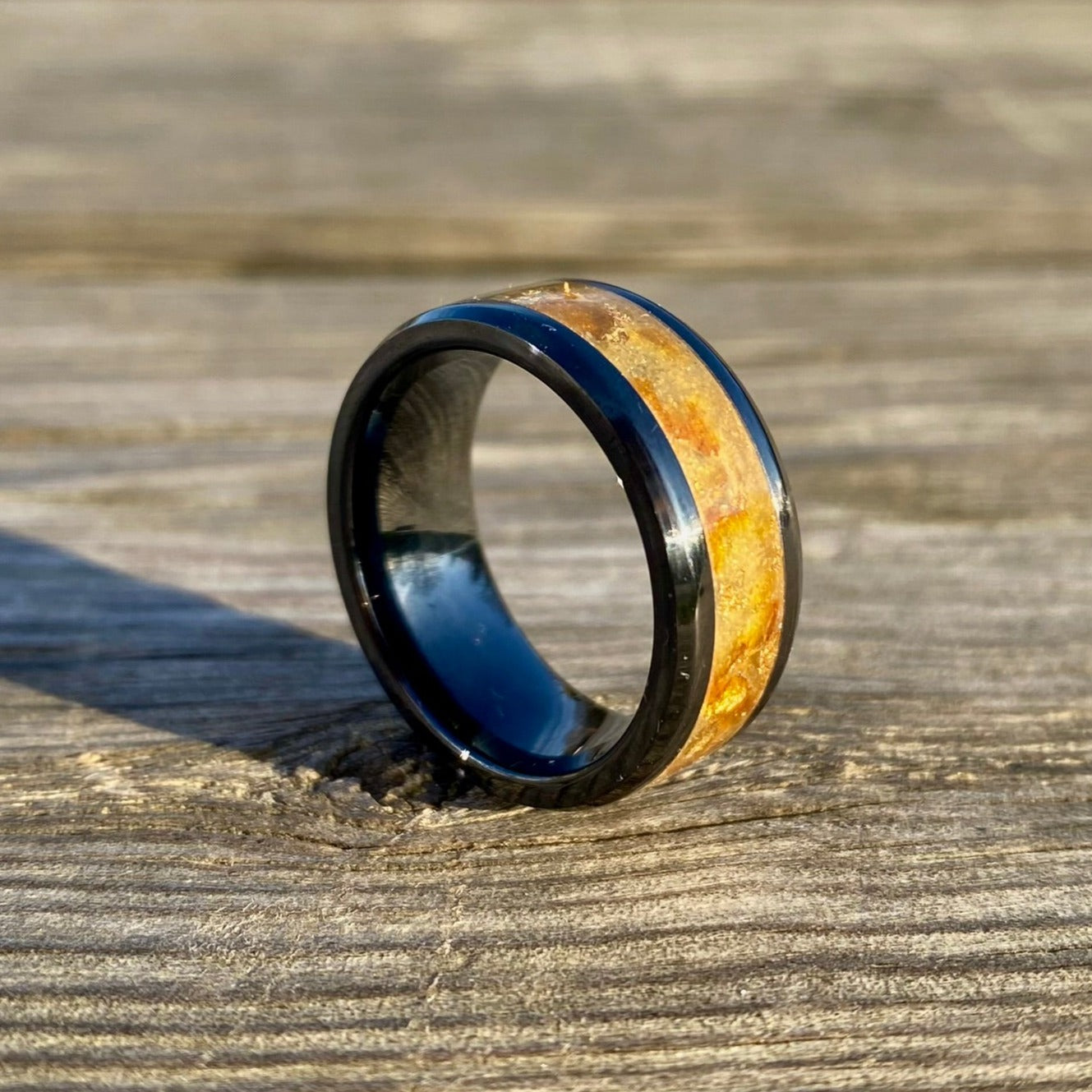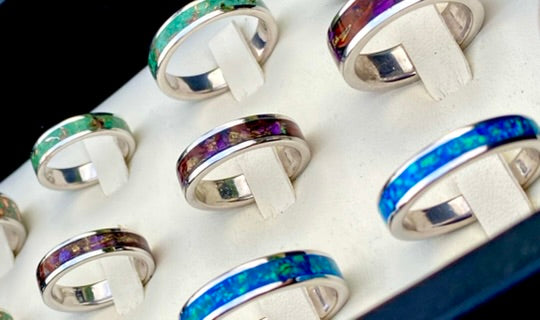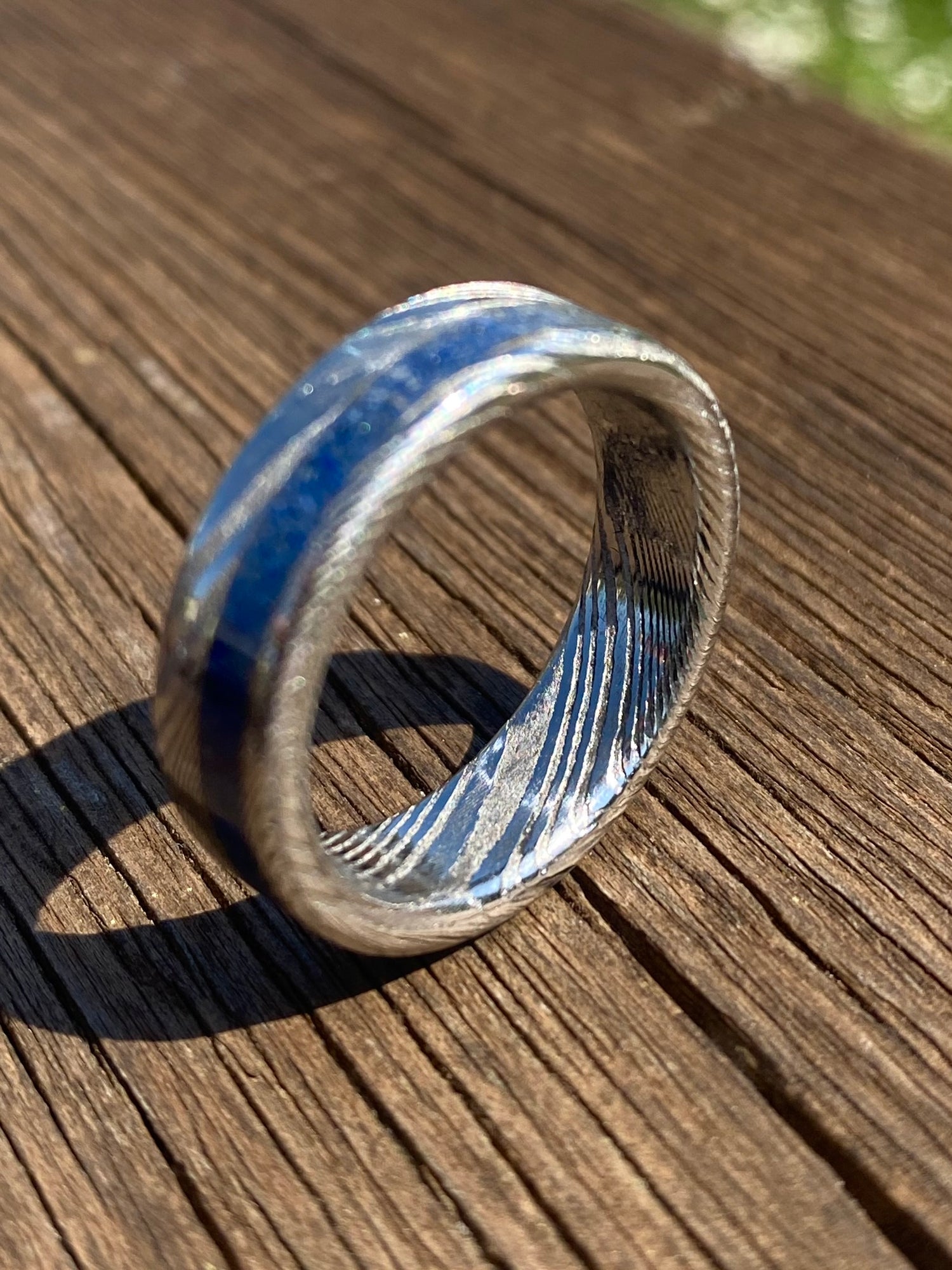🔍 Turquoise is a triclinic system mineral, hydrated basic phosphate of aluminum and copper, generally found in compact masses with a cryptocrystalline structure.
Chemical formula : CuAl6(PO4)4(OH)8 · 4H2O
Hardness (Mohs): 5-6
Crystalline system : Triclinic
Luster: Waxy - Matte
⏳ The term "turquoise" originates from the French "turques" or "turquois", which means "Turkish". It originally came from the southern slopes of the Al-Mirsah-Kuh mountains in Iran, but was so named because the mineral was first brought to Europe via the Ottoman Empire. The use of turquoise throughout history was very widespread and varied, from jewelery to small sculptures, mosaics and building decorations.
The oldest turquoise find is a bracelet dating back about 8000 years ago discovered in Egypt, where its use dates back to the 1st dynasty.
Its use was also very wide by the Aztecs.
🧪 Turquoise deposits usually originate with the hydrothermal deposition of copper sulfides. This process begins when hydrothermal fluids dissolve copper from a host rock, which is re-deposited in a more concentrated form as copper porphyry, filling joints and fractures in the rock.
Turquoise, being a secondary or supergene mineral, is formed when meteoric water percolates through rock; the oxygen dissolved in the water oxidizes the copper sulfides, transforming them into soluble sulfates. The acidic, copper-rich solution reacts with aluminum and potassium minerals in the host rock, resulting in the precipitation of turquoise. This often happens in the veins of volcanic rocks, in arid environments at relatively low temperatures, between 90 and 195 °C.
🌎 The oldest and largest turquoise mining areas are located in Iran, the Sinai Peninsula and the United States. Other areas of minor extraction are found in China, Afghanistan, Australia, and India.







